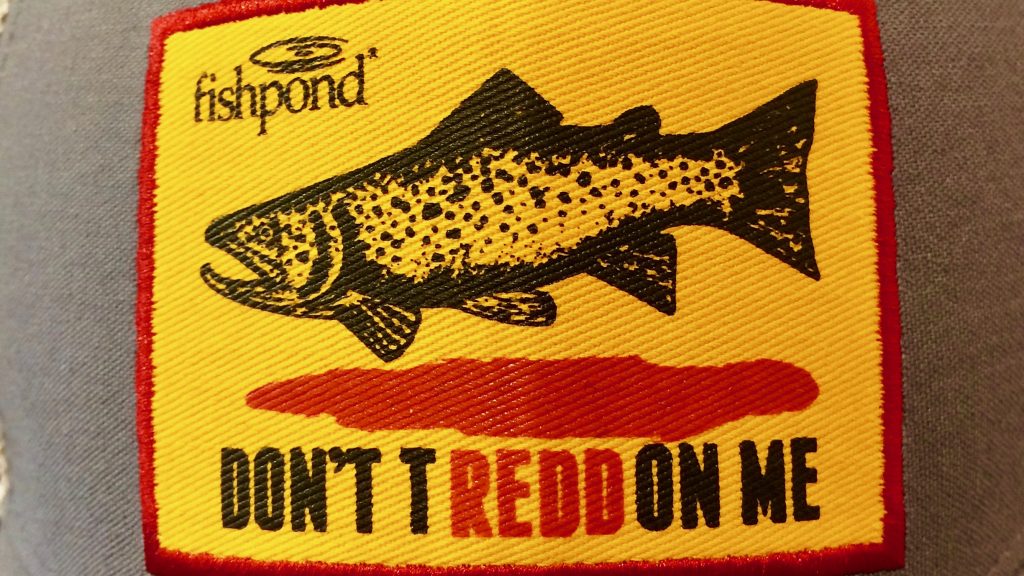
Please leave trout redds in the river alone!
Rainbow trout are actively spawning in the river now and will continue to do so for the next couple months.
The Missouri River is one of the best wild trout fisheries in the country. Wild trout are not stocked, they must spawn naturally. They spawn in tributaries of the Missouri River like Little Prickly Pear Creek, the Dearborn River, and Sheep Creek. All of the Missouri River tributaries are closed to angling until the third Saturday of May in order to protect spawning fish.
In addition to tributaries, wild trout spawn in the mainstem of the Missouri River where angling is allowed year round. These fish have no legal protection from harassment by anglers. However, we strongly believe that disturbing spawning fish is unethical. We depend upon these fish to support our fishery. Harassing spawning fish or damaging their redds can directly reduce the future quality of our fishery.
Every year we hear reports from concerned anglers about others intentionally targeting spawning fish and fishing over redds. Other anglers end up targeting redds unintentionally or without knowledge of what they are doing. It is important that all anglers learn to recognize and avoid redds.
So what is a redd and how can anglers avoid them?
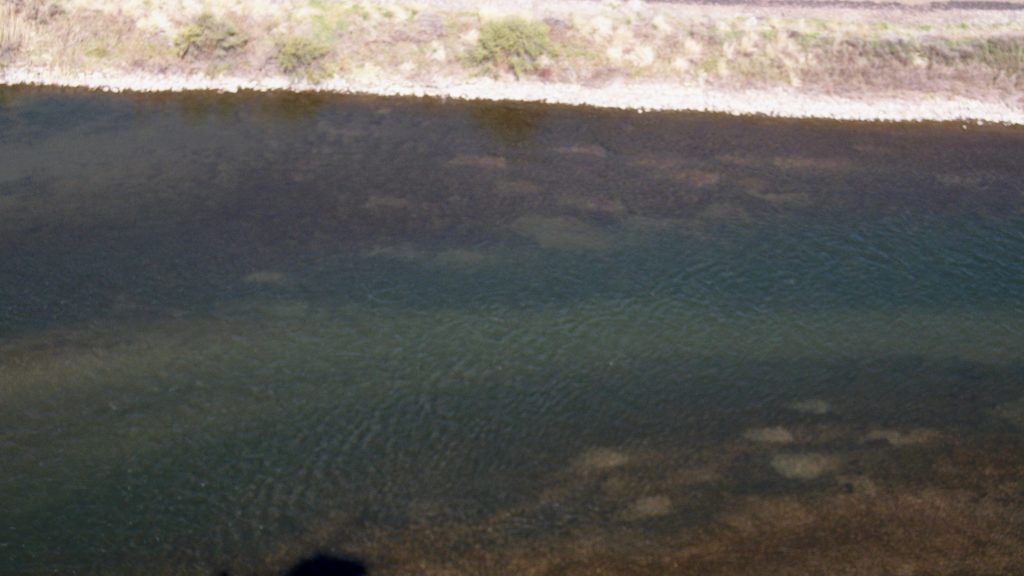
Redds are excavations made by spawning fish in the gravel of the river. Female trout use their bodies/tails to clear the fine materials from the gravel in order to make room for their eggs to settle. These redds, appear as bright circles on the river bottom. Usually they are located in shallow well-oxygenated water. In the above image, you can see that all the redds are located in shallow water on either side of the main river channel.
During the spawning season, male and female trout are often found in or around redds while they are spawning. These trout often appear darker than normal with brighter colored bellies. The act of spawning uses up a lot of their energy. Each year after the spawn, many of these weakened fish succumb to sickness and disease. Many of them eventually die.
Fish Mortality
Spawning fish are under a tremendous amount of stress. Fishing over redds causes additional stress that leads directly to increased mortality of mature trout.
Depending on water temperature, eggs will typically hatch about two months after they are laid. During this time, eggs are vulnerable to disturbance. It is the responsibility of anglers to avoid wading on or dropping their anchors on these areas of the river bottom. Disturbing redds kills trout eggs/fry leading to increased mortality of juvenile trout.
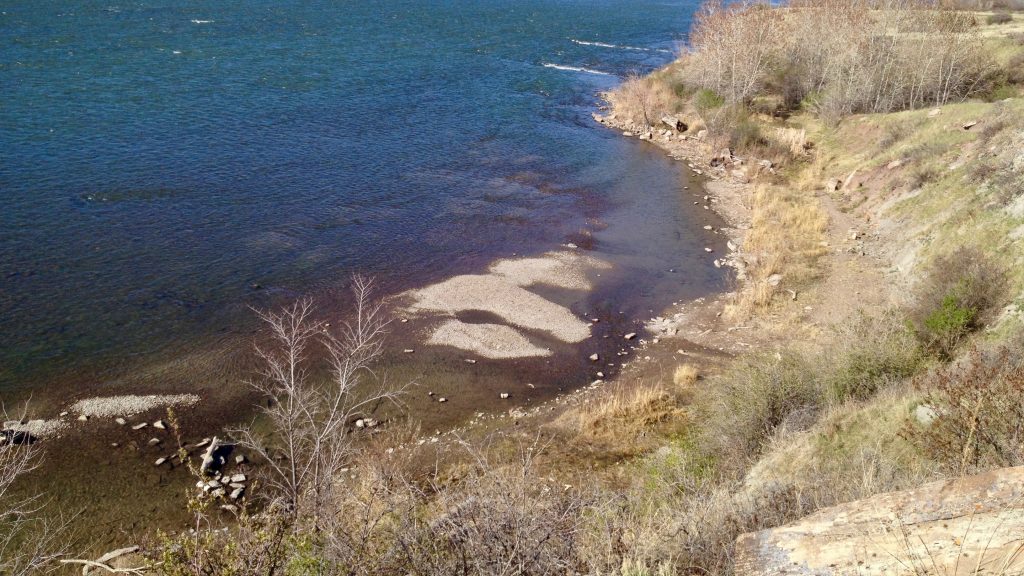
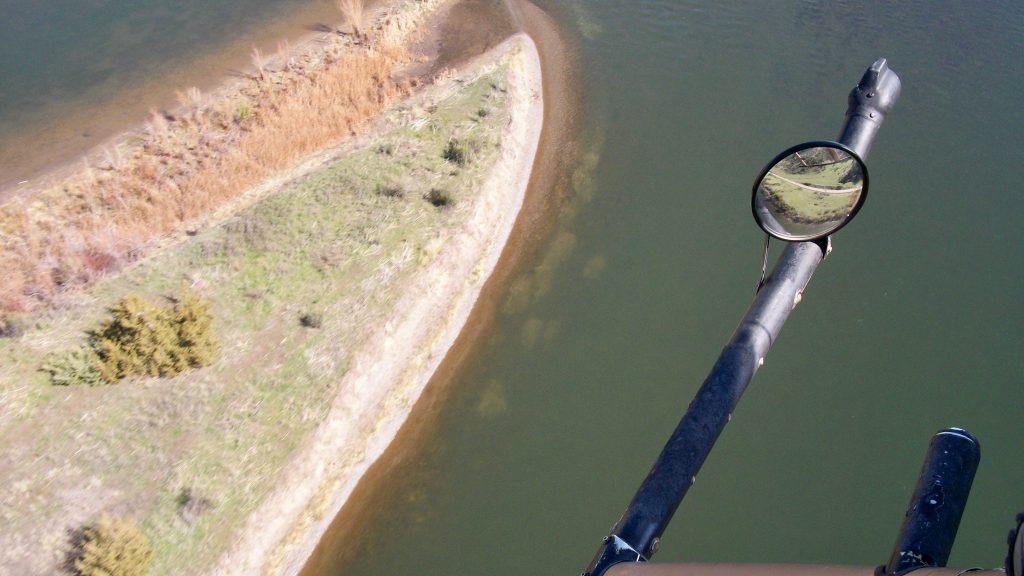
Recognize and Avoid Redds
The images above show how close redds are often located to the river bank. It would be very easy to wade over these redds or drop your anchor on them if you are not paying attention. Learn to recognize the areas where redds occur and take measures to avoid them.
Please leave trout redds in the river alone. Please learn to recognize the type of water where redds are found and avoid disturbing these areas. Please educate your friends and fishing buddies about recognizing and avoiding redds, especially if they are new to the sport.
The Missouri River is a fantastic wild trout fishery. We are all very lucky to interact with this ecosystem. The wild trout in the Missouri River are good to us, we owe it to them to return the favor.
All the photographs used in this post were generously provided courtesy of Jason Mullen / Montana Fish Wildlife and Parks.

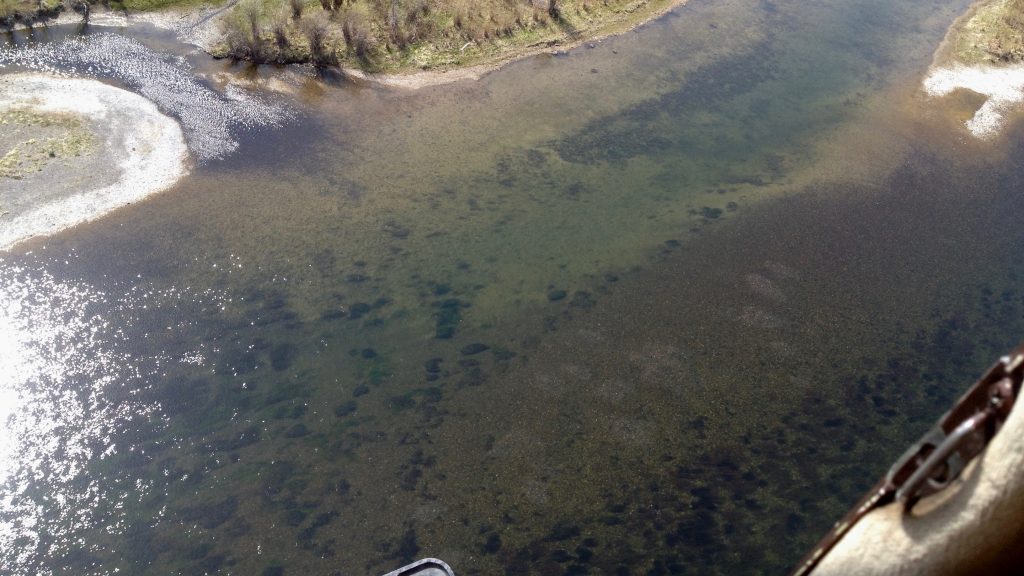
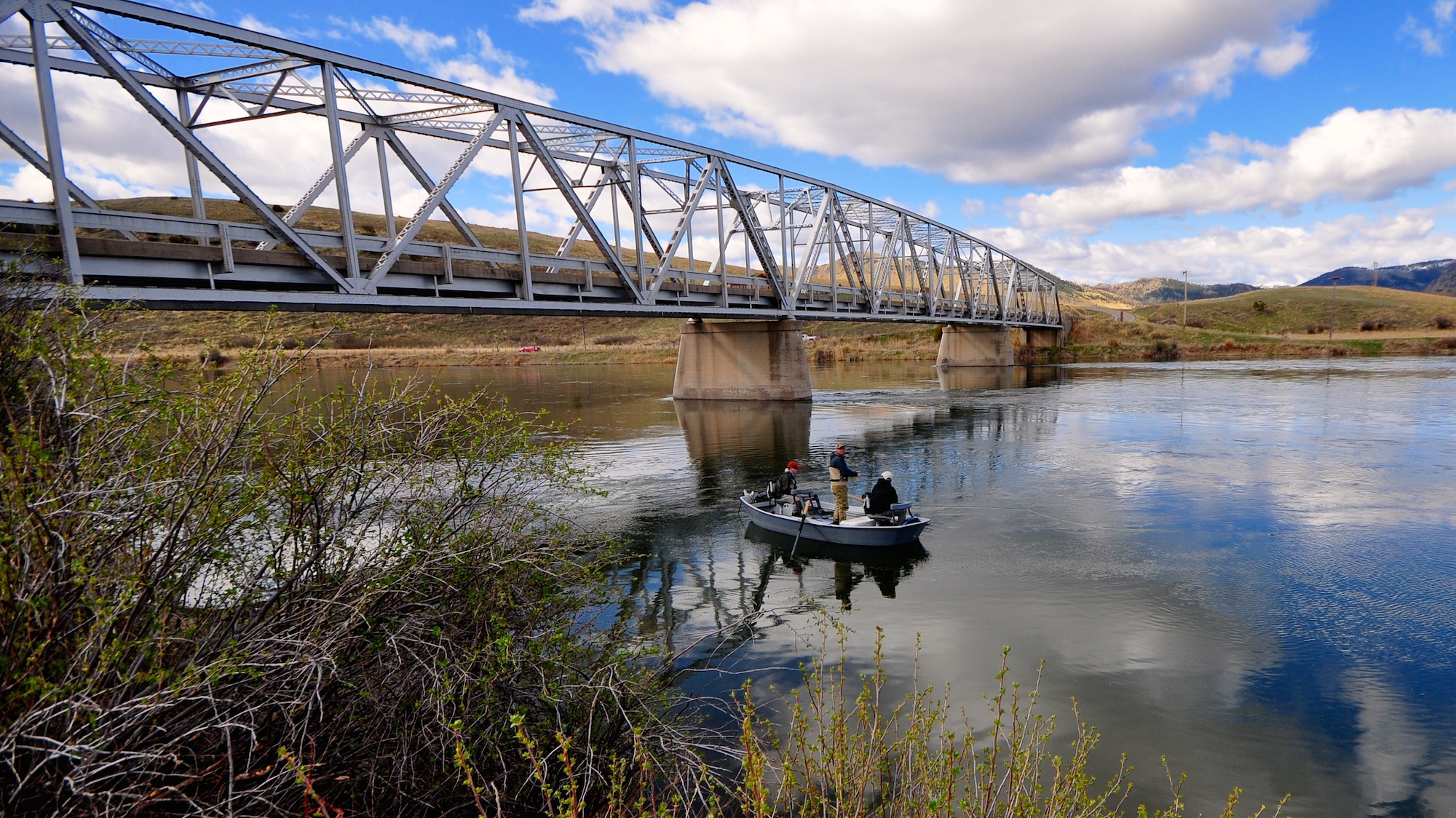
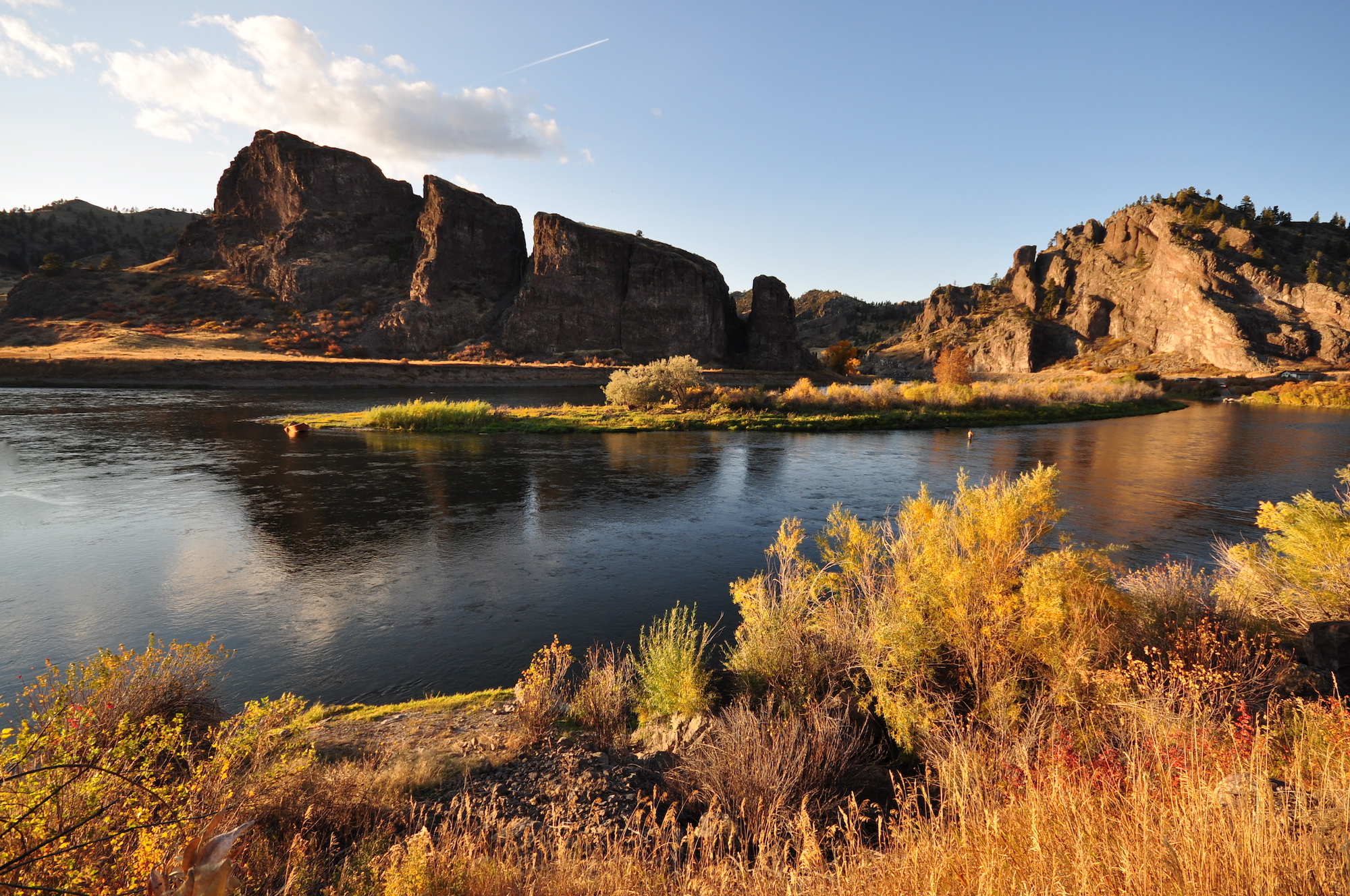
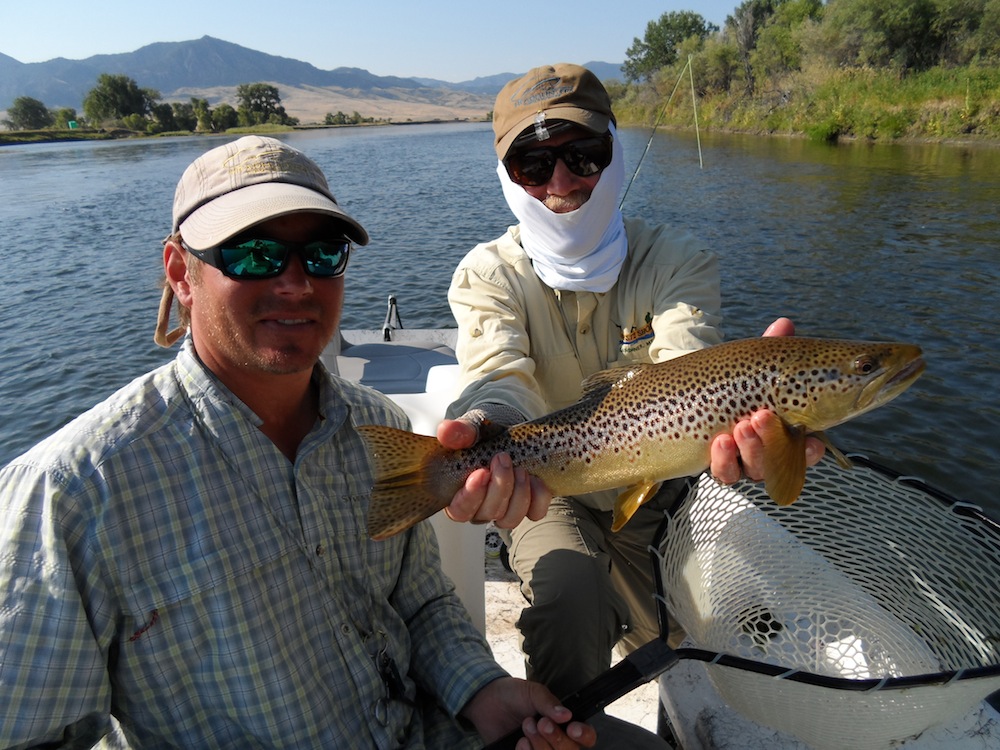
8 Comments.
Good one! It would be cool if a local group, say the tu chapter, could put some money into an info campaign. Like Interpretive signs at the lauches on the upper river. I’ve definitly witnessed some atrocities with ignorance and redd destruction near the dam.
Good info Braden. Always need to be aware spring and fall giving the spawned space.
This is one of the best posts about fishing I have seen for a very long time. You are so spot on about needing to protect the trout redds. I personally would like to see the mainstream Missouri closed to fishing along with the feeder streams because as we all know it is a major spawning ground also. I realize this would impact businesses as yours so maybe just no wade fishing during the spawning cycle. That is the heaviest impact to the redds. I see spawning fish abused by so called anglers every year and every where I have fished…. severe mismanagement. Like most issues as this thee is know easy answer but that is no reason to roll over for the status quo. So kudos to you guys for your efforts and concern. Will stop in and see ya sometime in june. Have a good season.
Thanks, Tom. We obviously strongly believe in protecting the Missouri River. I disagree that the fishery needs to be closed during the spawning season, but I think we can collectively do better as anglers to respect and conserve our resource. I don’t want to cast unfair aspersions on wading anglers. Boaters also need to be aware and respectful of redds. Thanks for doing your part! We’ll see you soon!
Good article, and I think we all do need to be both more careful of our wading/anchoring and more vocal in spreading the word. Since the Mo has so many mainstream spawning rainbows, and because not everyone has the clearer helicopter angle to see them all the time, why not put one section of the river off-limits each year during spawning time? Section X one year, section Y the next, until mid-May. Give the fish a definite chance of protection, give anglers a clearer restricted area, AND thus spread the concept? It would take some long procedural efforts to change, but it would not put guides or anglers at too great a risk. Feedback?
Steve, I don’t think any section of the river will ever be closed to protect spawning fish. It will be the responsibility of anglers like yourself to spread the word to protect spawning fish. We’ll do our best to hold up our end.
So sad to see the fisherman, if I dare say that line up fishing those exact spots last Saturday and Sunday. As I know there are many new folks that do not know better, most are there for that exact reason. This is such a sad way to have to catch fish. Great post Braden.
[…] You can read the post here. […]